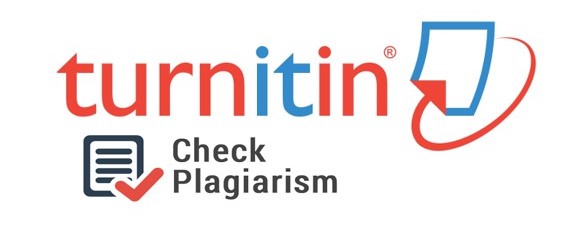Pertumbuhan dan Kandungan Vitamin C Microgreen Bayam Merah (Amaranthus tricolor) pada Berbagai Konsentrasi Nutrisi dan Media Tanam
DOI:
https://doi.org/10.25181/jhpt.v2i1.3571Kata Kunci:
microgreen, red amaranth, nutrient concentrations, growing mediaAbstrak
This study aims to evaluate the growth and vitamin C content of red amaranth microgreens (Amaranthus tricolor) under various nutrient concentrations and growing media. The experimental design used in this study was a Randomized Complete Block Design arranged factorially 5 x 3 (15 treatments) with 3 repetitions. The first factor was the concentration of hydroponic nutrients at levels of 0 ppm, 100 ppm, 200 ppm, 300 ppm, and 400 ppm. The second factor was the combination of growing media, namely sand + sawdust, sand + rice husk charcoal, and sand + cocopeat, with a 1:1 ratio for each combination. Data obtained from the observed variables were analyzed using variance analysis and further tested with an LSD test at a 5% significance level. The observed parameters included germination rate (%), plant height (cm), number of leaves, leaf color, root length (cm), number of roots, plant weight (mg), and vitamin C content. The results showed that the use of sand + rice husk charcoal as a growing medium was very suitable for the germination of red spinach microgreens. However, for leaf color and root length, the use of sand + cocopeat was better. The sand + cocopeat medium combined with nutrient concentrations of 300 ppm and 400 ppm produced the best plant height and sample weight compared to other treatments. Furthermore, the sand + sawdust medium was very effective in producing the number of roots and the vitamin C content of red spinach microgreens.Unduhan
Data unduhan belum tersedia.
##submission.downloads##
Diterbitkan
2024-06-14
Cara Mengutip
Sari, K. T. A., Sesanti, R. N., Kartina, R., & Sismanto, S. (2024). Pertumbuhan dan Kandungan Vitamin C Microgreen Bayam Merah (Amaranthus tricolor) pada Berbagai Konsentrasi Nutrisi dan Media Tanam. Journal of Horticulture Production Technology, 2(1), 28-38. https://doi.org/10.25181/jhpt.v2i1.3571
Terbitan
Bagian
Artikel







